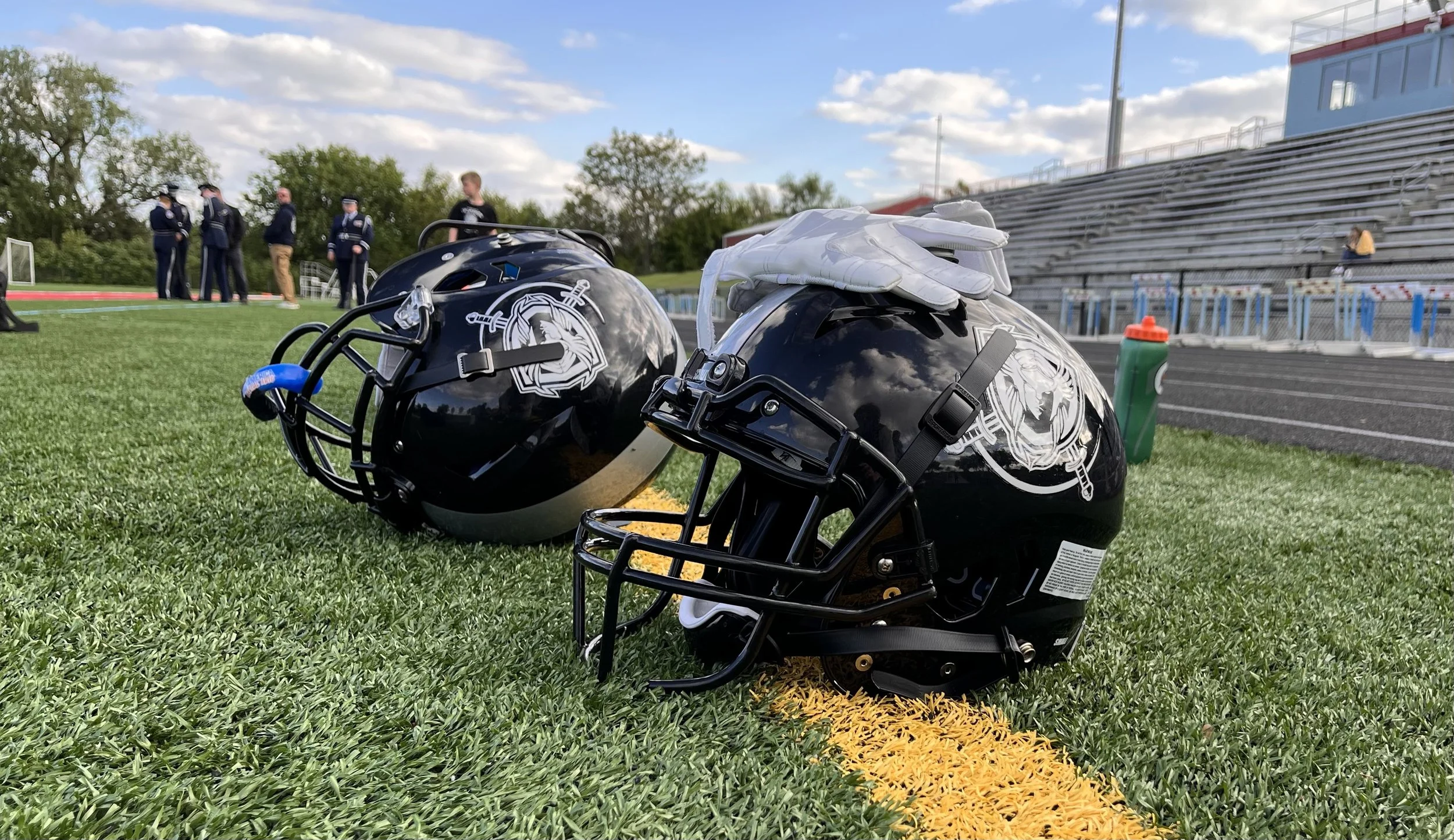Lawmaker Objects to TIF Use for Omaha Streetcar
Omaha officials are confident they’re on solid ground
The streetcar would run from 10th Street as far west as 42nd Street and from Harney to Farnam Streets, with a northern extension to CHI Health Center Omaha. (Courtesy of City of Omaha)
By Cindy Gonzalez, Nebraska Examiner
OMAHA — A Nebraska senator who championed the law that gave “extremely blighted” neighborhoods a better shot at economic development says it is being “abused” for the proposed Omaha streetcar project.
Sen. Justin Wayne of Omaha said he intended the 2020 change to tax-increment financing legislation to benefit the poorest areas of the state. The streetcar project would run between downtown and midtown Omaha.
“For them to extremely blight that area is a slap in the face to North and South Omaha,” Wayne said, citing multimillion-dollar investment and renovation projects going on in the urban core of the state’s biggest city. “In no way is downtown Omaha extremely blighted.”
He spoke in response to Mayor Jean Stothert’s announcement Wednesday that the City of Omaha would use tax-increment financing to fund the $306 million streetcar project.
Kevin Andersen, a mayoral economic development aide, said the city was confident it is in full compliance with all provisions of TIF, a tool to nudge development in blighted areas that’s also known as the Nebraska Community Development Law.
He noted that the City Council last year approved the “extremely blighted” designation for parts of downtown Omaha. Andersen said there hadn’t been any objections to the city’s use of the law since then.
Wayne said he spoke to the mayor Thursday and questioned the city’s data points. He planned to discuss the next step with his staff.
State Sen. Justin Wayne (Rebecca S. Gratz for the Nebraska Examiner) photo credit.
If the extremely blighted section could be interpreted too loosely, he said, an option would be to redo that part of the law he described as his “baby.” He said he had worked with opponents to put in parameters to ensure “the poorest communities could have a different tool to make them unique for financing opportunities for development.”
Nebraska voters in late 2020 approved the amendment to the State Constitution that created the “extremely blighted” designation and updated the original 1979 TIF legislation. The change allows developers investing in areas with high Omaha officials are confident they’re on solid ground (twice the state average) and extreme poverty (20% live in poverty) to extend the TIF financing payback time from 15 to 20 years.
Wayne said the extension, which translates into increased subsidy for projects, was aimed at helping the state’s “hardest hit” areas by adding incentives to developers who otherwise may not see enough financial payoff. Under TIF, property-tax revenue generated by a new project is used for up to 20 years to pay off a loan for eligible development costs, rather than go to the traditional recipients such as school districts.
Stothert announced the proposed streetcar project as part of a press conference tied to the announcement of a new Mutual of Omaha headquarters on the city downtown public library site.
The streetcar technically is not a part of the Mutual project. But the mayor and Mutual’s CEO said the streetcar was pivotal to the Fortune 500 company’s decision to relocate its 4,000 local employees to downtown, from the midtown site where it’s been since 1939.





